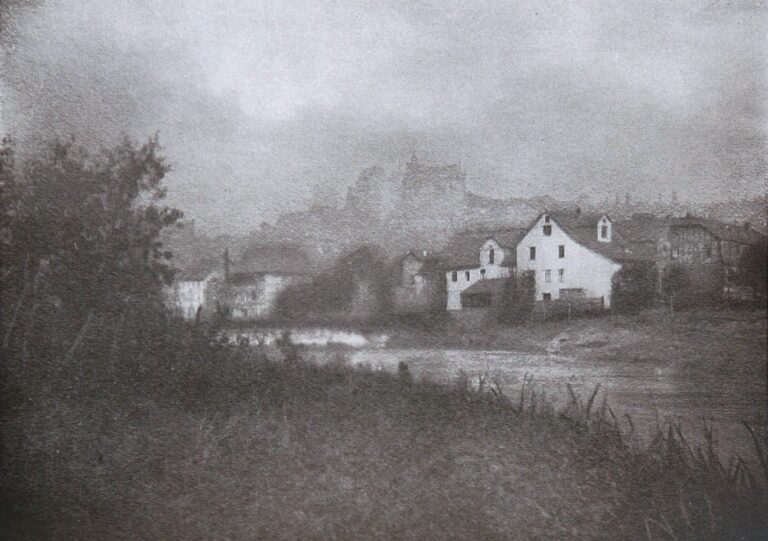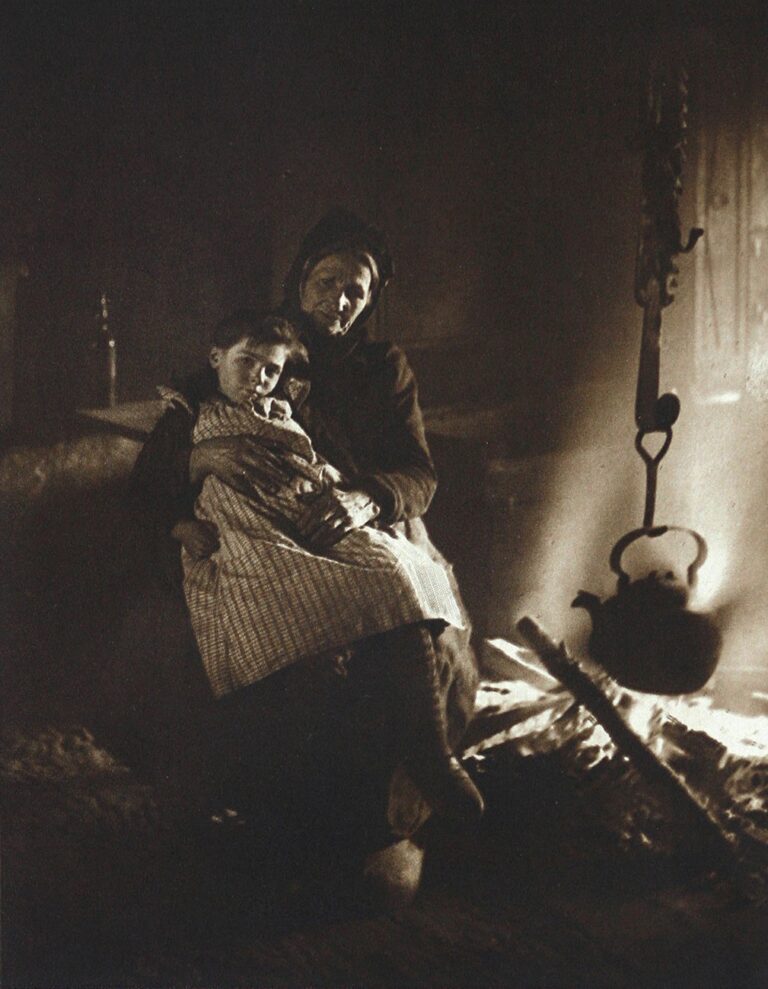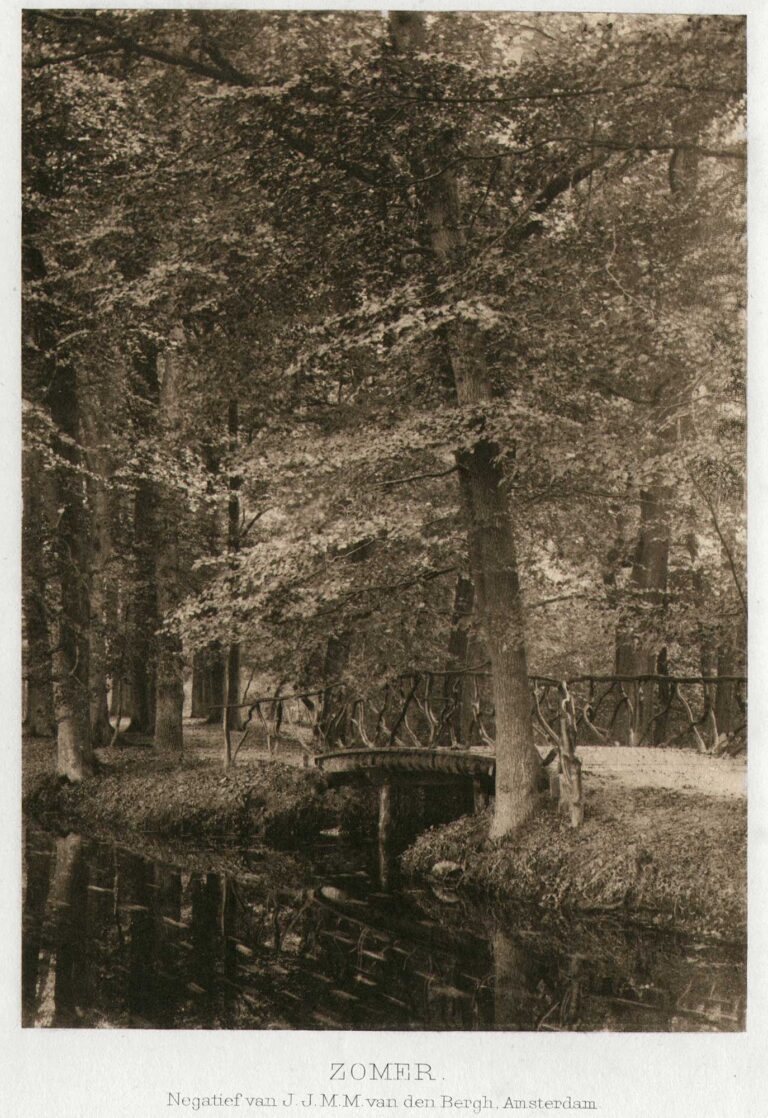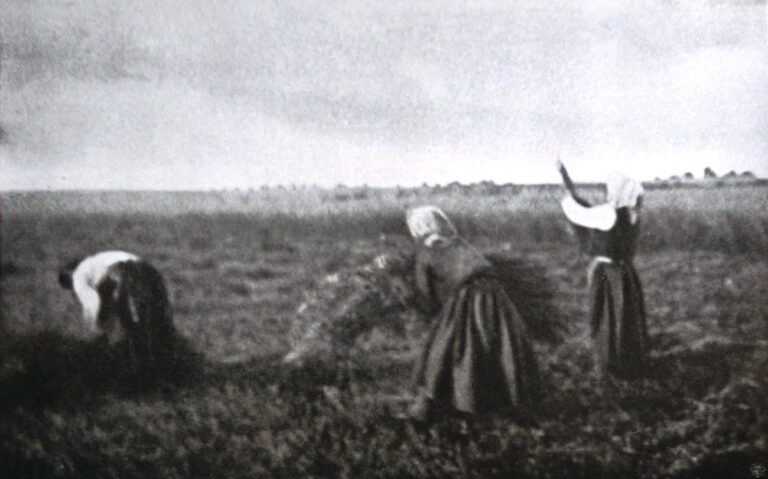
A Gentleman of the Old School
Juliana Royster, born Julia, of Raleigh, North Carolina (1876-1962), is today best known for founding the Jugtown Pottery in Seagrove, North Carolina along with her husband Jacques (born James) Busbee, (1870-1947) in 1917. Juliana married Busbee in 1910, and became Juliana Royster Busbee. Today, an official North Carolina highway marker states of the couple:
“Artists, ushered old folk pottery tradition into the modern era. Est. in 1922 Jugtown Pottery 3 miles NE.” 1.
As a young woman, Juliana had learned photography while attending Saint Mary’s School in Raleigh, (2) and sometime after graduation, became immersed in the arts in a larger context:
…”His wife, a photographer and illustrator, had actively promoted folk crafts as chair of the art department of the Federation of Women’s Clubs of North Carolina.” 3.
In 1905, several examples of Juliana’s photographs were published in the April issue of The Photographic Times, (frontispiece: The Light that Shines on Easter Morn & illustration: Eyes of Blue) and later that year the journal Camera and Dark Room lists her as winning sixth place for an unknown genre study entered in their Summer Prize Competition that year. 4.
This photograph, in all likelihood depicting a freed African-American slave, was one of several genre studies done by Royster in 1907 for consideration of illustrating a poem written by Martha Strudwick Young (1862-1941) titled The Day’s Work Done. A different study, a portrait of this unknown gentleman, was published with Young’s poem in The Outlook the same year:
THE DAY’S WORK DONE
BY MARTHA YOUNG
ILLUSTRATED BY JULIANA ROYSTER
Lord, when dat evenin’ fall,
Dew on de earth and rest for all,
Seem lak I hear Ole Massa call:
” Come in, Chillen, come in now,
Set up de hoe and lay by de plow—
Come in all y’all somewayhow.
“Come in, Chillen, as bes’ you may,
‘Caze you is Mine, I hatter let you stay—”
(How kin Ole Massa sen’ his own away ?)
” Come in, Chillen, ‘fo’ de darkness fall,
I don’t want be missin’ airy chile at all—
Come in, Chillen, de good and—all. 5.
This undated vintage double mounted, platinum print is script-signed on verso by Royster in black ink:
“A Gentleman of the Old School”
Print #14
Juliana Royster
The print reference # on verso refers to Royster’s own numbering system used as part of its’ inclusion in a collection of postal photographic club prints circulated among fellow members active in the Northeast circa 1905-1910.
1. Web: North Carolina Highway Historical Marker ID # K-60
2. Ibid: excerpt: online marker essay
3. Excerpt: Jugtown: George W. Troxler: in: Encyclopedia of North Carolina: Edited by Wiliam S. Powell: The University of North Carolina Press, Published in association with the University of North Carolina at Chapel Hill Library: Chapel Hill: 2006
4. Summer Prize Competition: in: Camera and Dark Room: Edited by James P. Chalmers: The American Photographic Publishing Co. New York:Volume VIII, September, 1905: p. 302
5. The Outlook: A Weekly Newspaper: The Outlook Company: New York: Volume LXXXVI, July 27, 1907: p. 686



